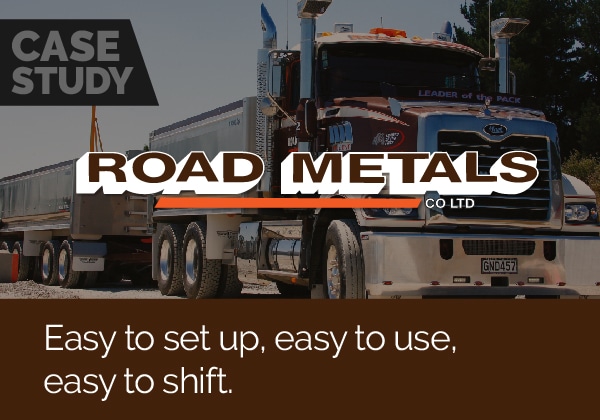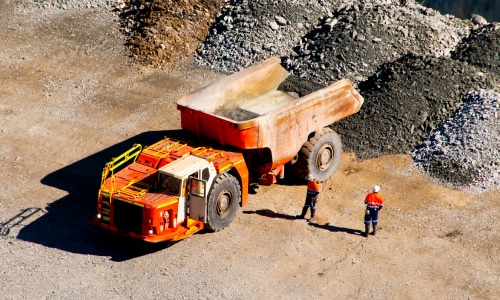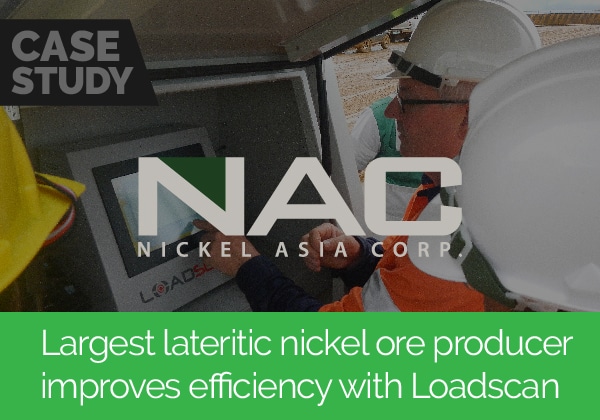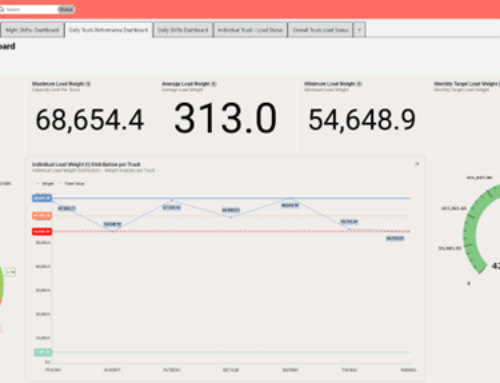Optimizing Mining Operations with Pitram and Loadscan Integration at CSA Cobar The MAC [...]
Can you afford not to volume scan?
A Loadscan volume scanner is not an optional extra; it’s an essential part of your toolkit. It’s not just an expense; it’s an investment in accuracy, efficiency, and long-term success. Can you afford to ignore it? The evidence says no.
When managing large-scale construction, contracting or infrastructure projects, every dollar counts. Yet, one crucial element often overlooked is the accuracy of load measurements.
As a real-world example, a company has awarded a contract to transport 750,000 cubic yards (y³) of material, and has hired a transport company charging $150 per truckload to move the material with an agreed-upon average load of 18y³ per truck.
As a rough guide, that’s going to require around 42,000 truckloads to complete the job. That’s a total cost of $6.3 million.
But what if this assumption is wrong? What if the actual average load per truck is significantly less? This is where the true cost of inaccurate measurements becomes painfully apparent and potentially, lead to a huge financial blow out.
The cost of misrepresentation
In this scenario, the actual average truckload has been measured at only 15y³* instead of the agreed 18y³…but that truck is still getting charged at $150. This discrepancy means that instead of 42,000 truckloads, it would require 50,000 truckloads to move the entire 750,000y³.
The financial implications are staggering. At $150 per truckload, the cost balloons from $6.3 million to $7.5 million. That’s an extra $1.2 million in material movement costs, purely because of underloading and misrepresentation of load quantities. This is a massively unnecessary expenditure that could have been avoided with accurate load measurement.
Beyond the dollars
The financial cost is just one aspect of this problem. The additional truck movements also have a significant environmental and operational impact. Almost 21,000 unnecessary truck movements mean:
- Increased fuel consumption: Each extra truckload burns more fuel, driving up the project’s carbon footprint and fuel costs.
- More labor hours: Every additional truckload requires more labor, further increasing costs and potentially extending project timelines.
- Environmental degradation: More truck movements mean more wear and tear on roads, increased emissions, and a larger environmental impact – a factor which is becoming increasingly important to manage.
The solution: Loadscan Load Volume Scanner (LVS)
So, how can these unnecessary costs be avoided? The answer lies in investing in a Loadscan Load Volume Scanner (LVS) – one of the most reliable load measurement systems available, and perfectly suited to this type of operation.
A volume scanner isn’t just a piece of equipment; it’s a safeguard for a project’s budget and timeline, providing accurate measurements of each load, ensuring you know what’s actually being moved, not what you think is being moved.
Is an LVS an expense or an investment?
In this scenario, the implementation of a Loadscan LVS would have quickly become an investment that paid for itself by highlighting the more than $1 million in unnecessary transport movement costs alone. This is a cost that could have been completely avoided by using an LVS for accurately measuring and reporting the true volumes of material being moved, and then adapting the contract costs to reflect any discrepancies.
Given those cost savings, the expense of purchasing a scanner quickly becomes negligible. In fact, the scanner becomes a critical asset that enhances operational accuracy, ensures transparency with contractors, and protects the bottom line.
Can you afford not to use a volume scanner?
Margins are tighter than ever in today’s competitive business environment, and the pressure to deliver on time and within budget is immense.
Inaccurate load measurements can lead to massive unnecessary costs, as demonstrated by the scenario of underloading and misrepresentation. The additional $1.2 million in transport costs is the most obvious aspect, but increased fuel consumption, additional labor hours, and environmental impact compound the problem even further.
Investing in a Loadscan volume scanner is a small price to pay to avoid these substantial risks. It ensures that you’re only paying for the material you’re actually moving, protects your budget, and contributes to more sustainable operations.
In this context, can you afford the risk of inaccurate load measurements?
The answer is clear: No, you cannot. The financial, operational, and environmental costs are simply too high.
* This scenario is based on a real-world situation, except the actual truckload was as low as 12y3 in some cases. If that was taken as the average across the entire scope of the project, the cost saving balloons to more than $3 million, even further reinforcing the advantages of using a Loadscan volume scanner.













































